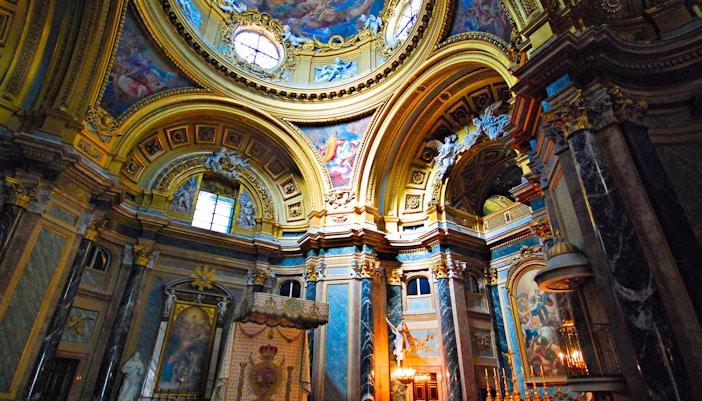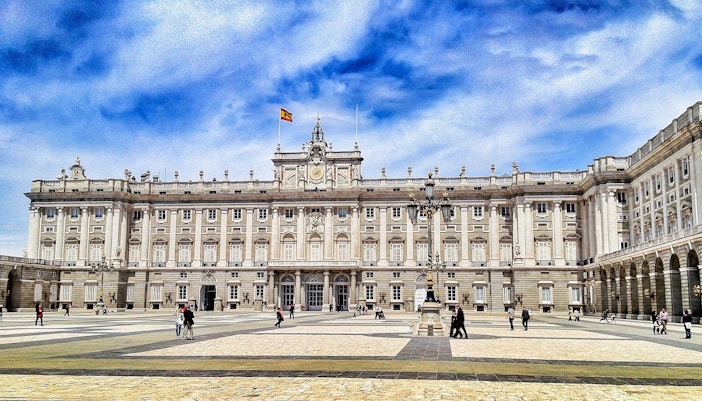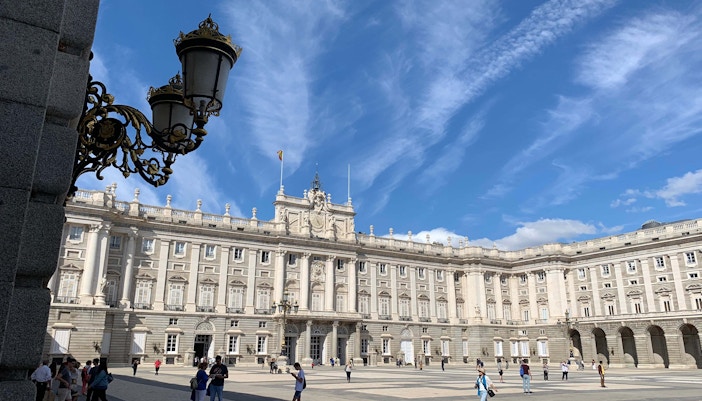The Royal Palace of Madrid is an iconic landmark that offers visitors a chance to explore the magnificent interiors, adorned with lavish decorations and priceless works of art. The palace also boasts stunning gardens and breathtaking views of the city from its rooftop.
What to do at the Royal Palace of Madrid?
When you visit this famous attraction, you can easily spend hours there. Here’s what you can do at the Royal Palace of Madrid:

Witness this iconic landmark in all its glory
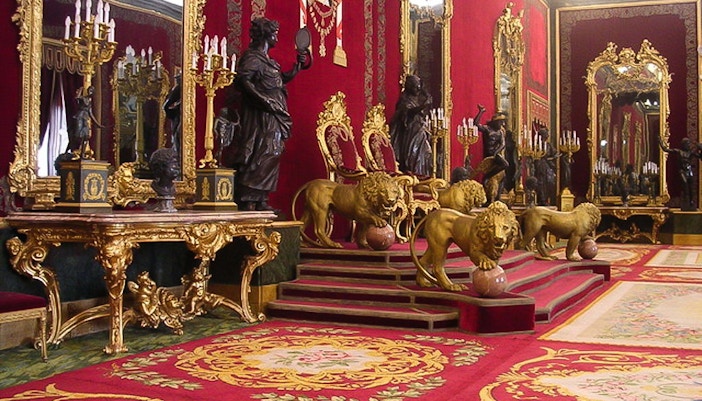
Visit the historic Throne Room
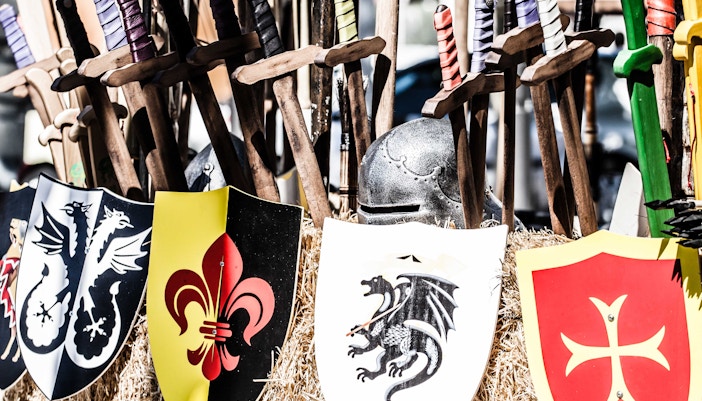
Explore the Royal Armory

Learn about the Royal Pharmacy
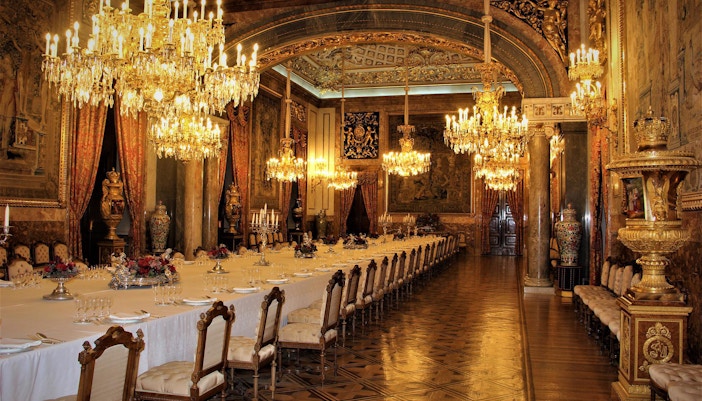
Walk around the ballrooms of the Palace
